- Area: Siem Reap Province > Krong Siem Reab > Sangkat Nokor Thum
- | Type: Ancient Remains & Temples
Located east of the Royal Palace in Angkor Thom, just off the road that leads to Victory gate, it is the best preserved of Angkor Thom’s Buddhist Terraces. As a brief intro, and there is more here including links to new research, there are over 70 of these terraces and structures within the Angkor Thom that are creations of the Theravadan Buddhist era that began around the 13-14th century.
The site is rarely visited by tourists but is certainly a popular and very sacred place for locals. On French maps from the early 1900s, it was referred to as Buddhist Terrace no 1 (see layout pic at bottom of page).
The walled site features a long stone terrace that has four rises as it leads to the small shrine containing a 3.5 m tall Buddha statue sitting on a naga. The terrace is guarded by stone lions and also features stone elephants at the corner of its second elevation.
Gallery

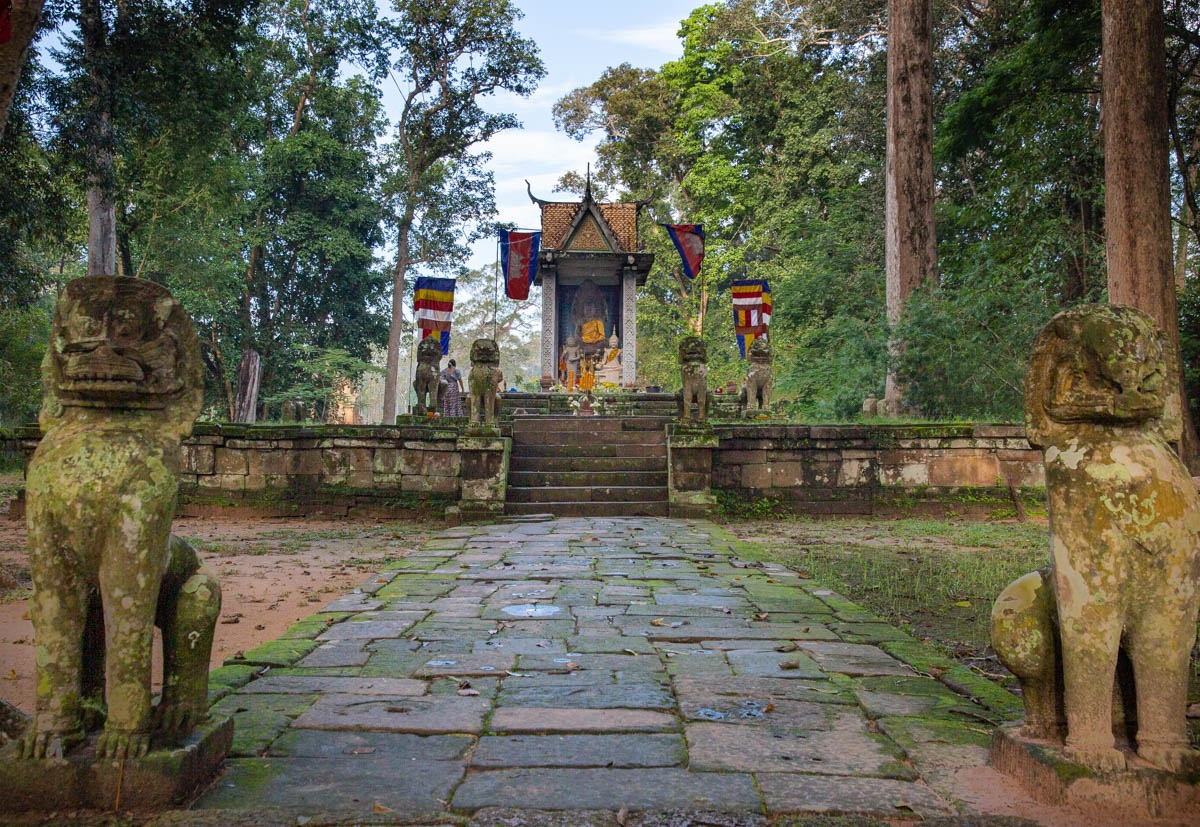
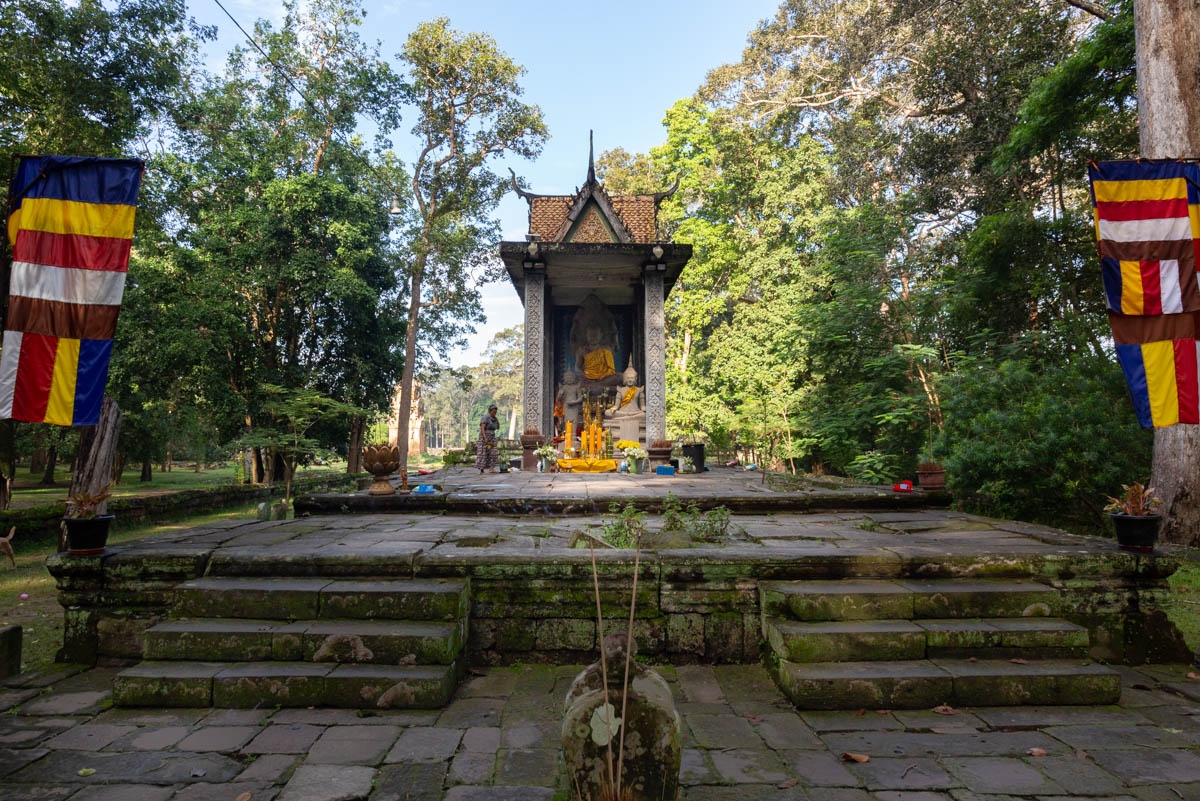

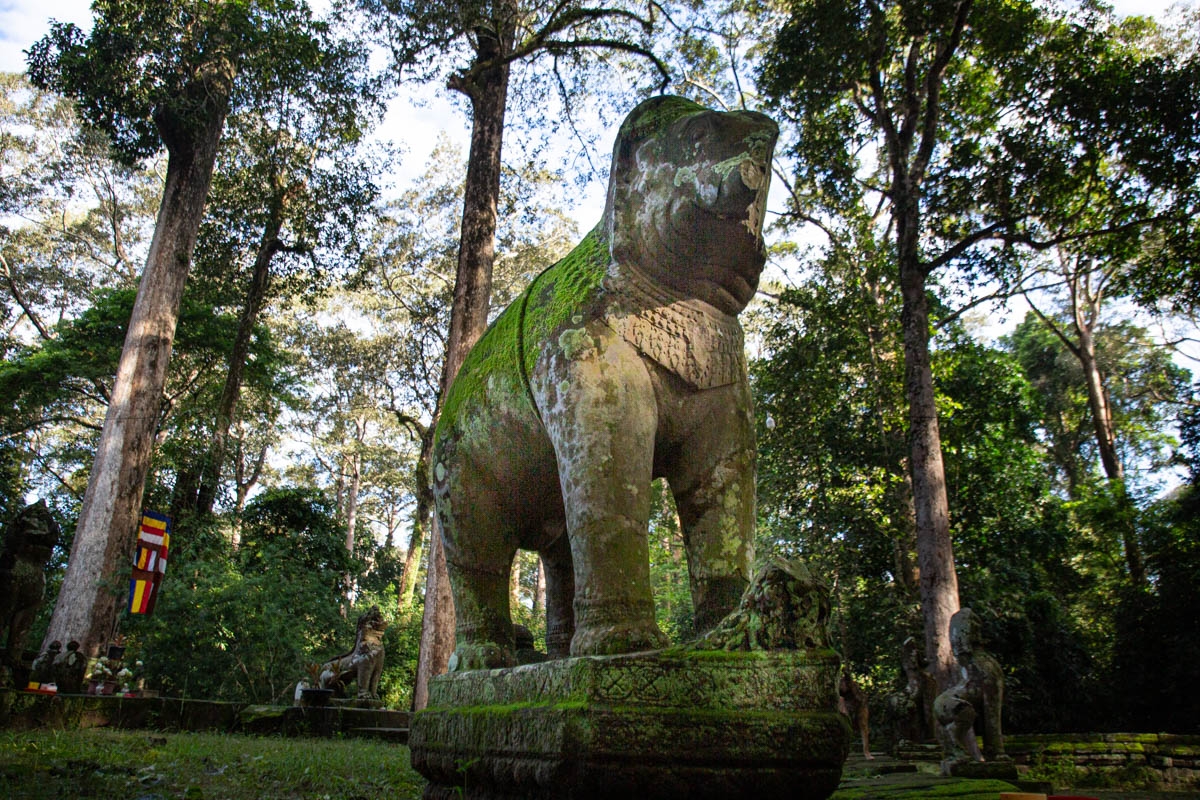
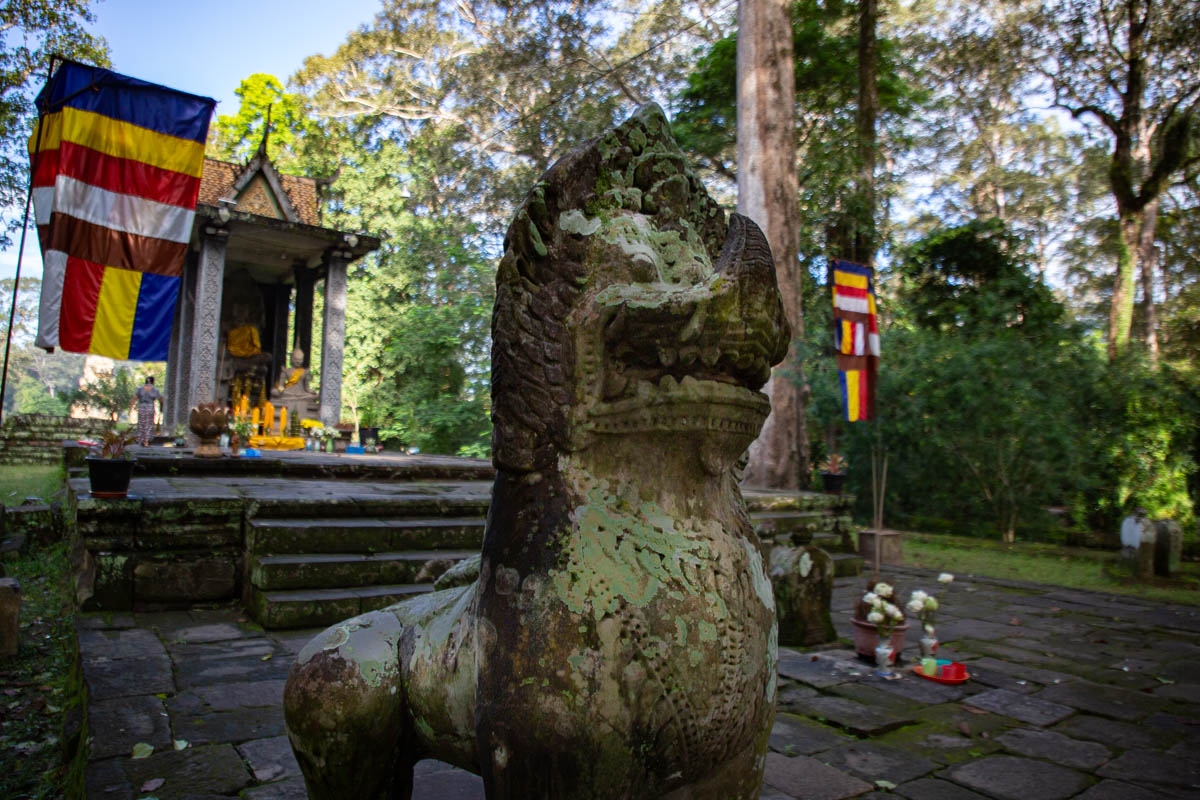
The Buddha on Naga statue here is quite significant as it comes from inside Bayon Temple, discovered in pieces in a pit beneath the central sanctuary in 1933 and perhaps hidden for its protection or the end result of looting. The statue was removed and reconstructed (noting that reassembled, it is too large to fit back through the doorways to the central shrine of Bayon). In 1935 the statue was moved and placed atop this terrace. There is an ongoing debate about which period the statue originates from, whether that be the late Angkor/middle period and added well after Bayon construction, or, if it was in fact it was the original central idol from the Bayon temple. Also note the statue also has an unusual octagonal base.
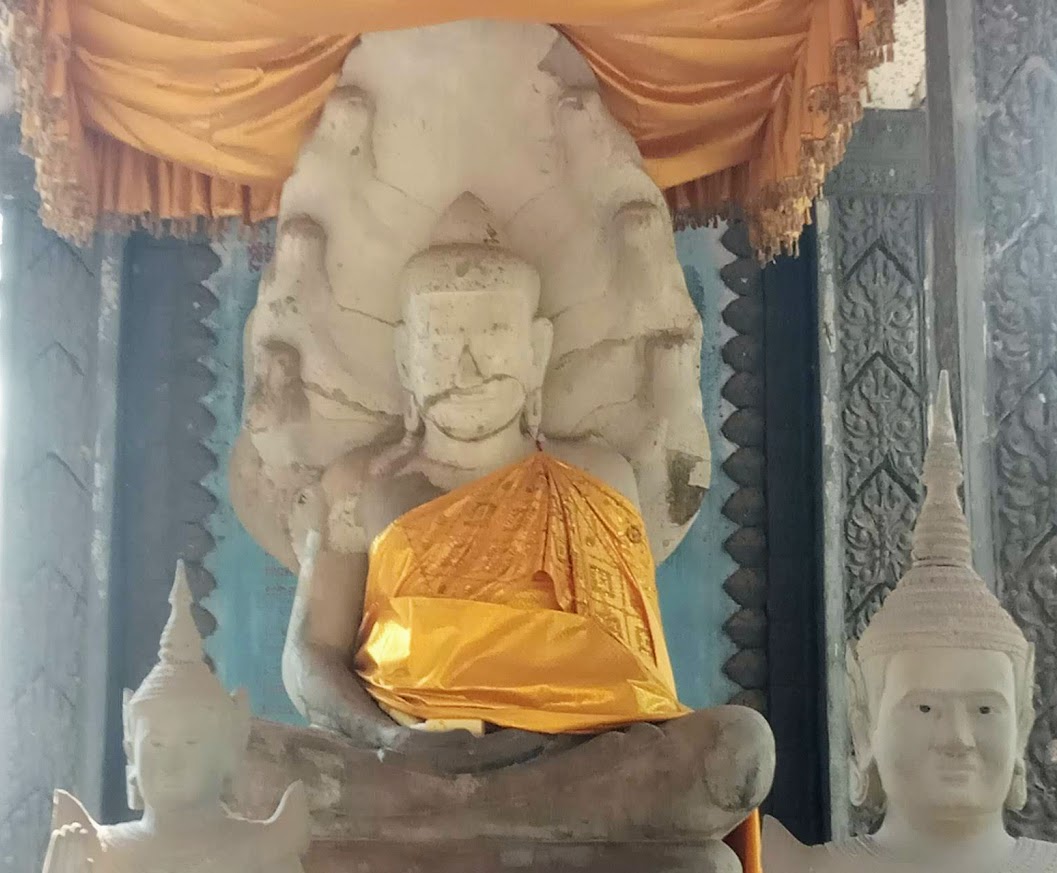

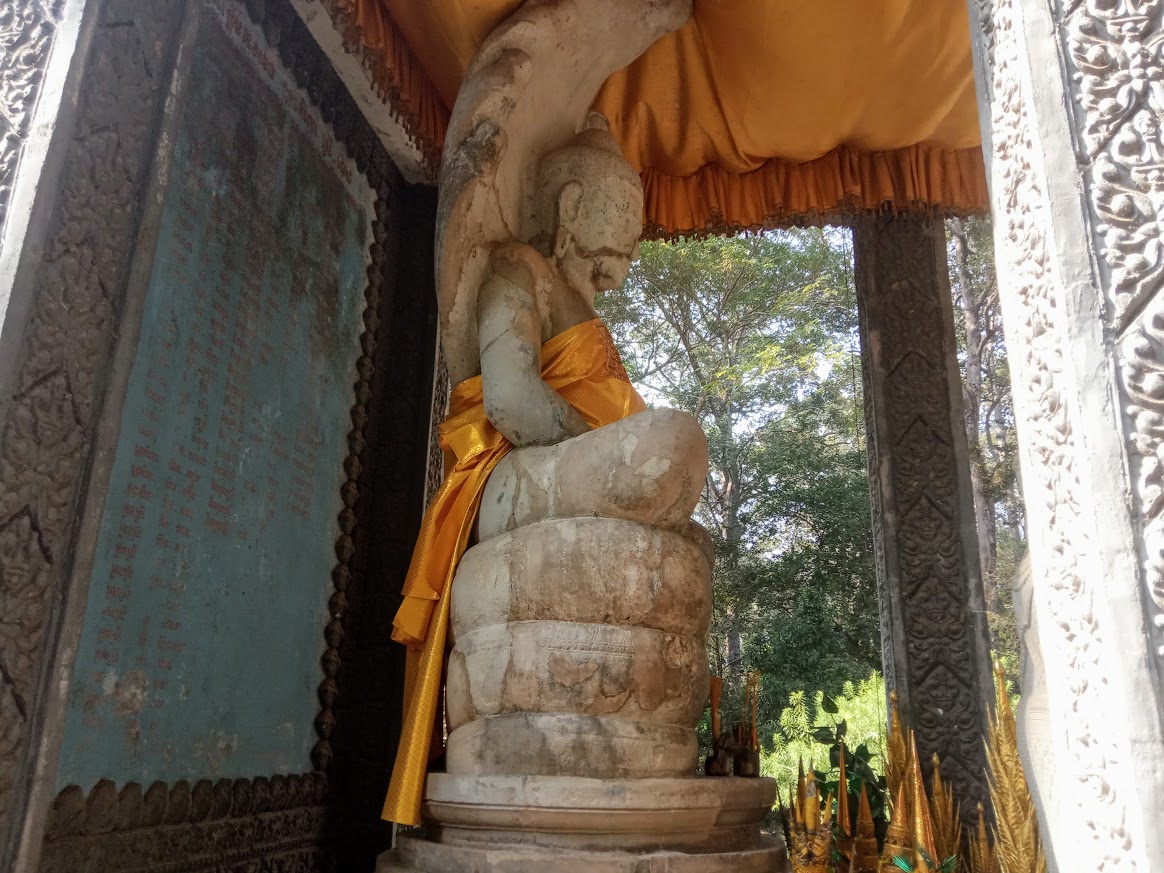
The main shrine is surrounded by sema stones of differing style


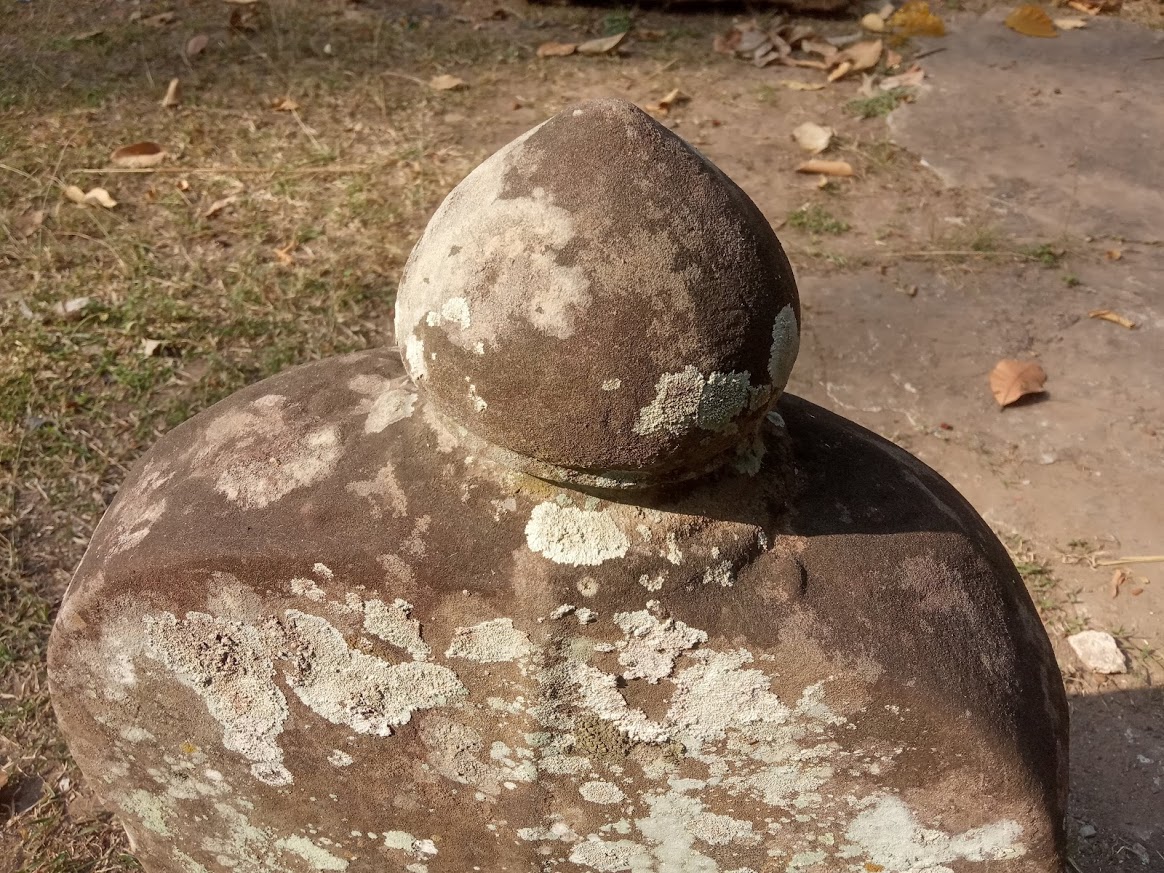
Behind the main shrine and still on the main platform, are is a large square construction with only the base pieces remaining. Henri Marchal, the early French Archeologist noted it to likely be remnants of a Chedi post looting.

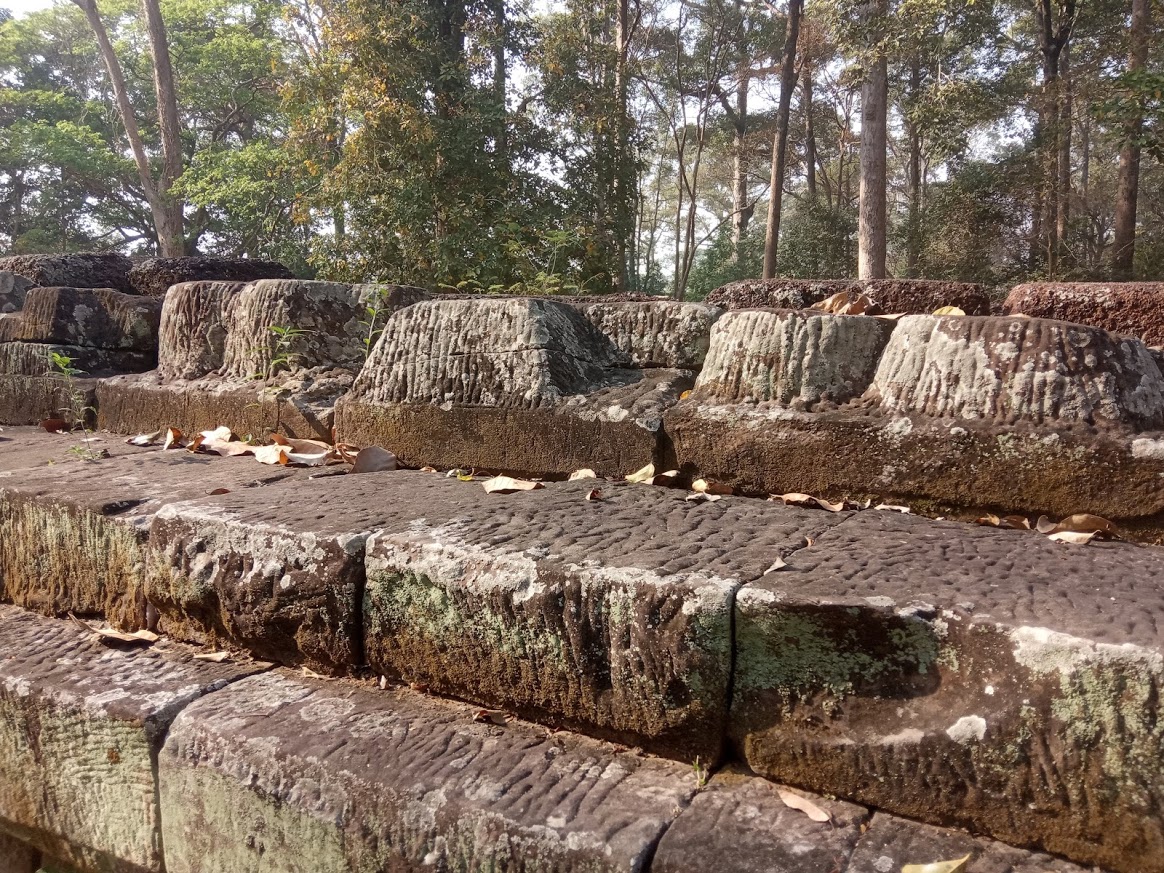
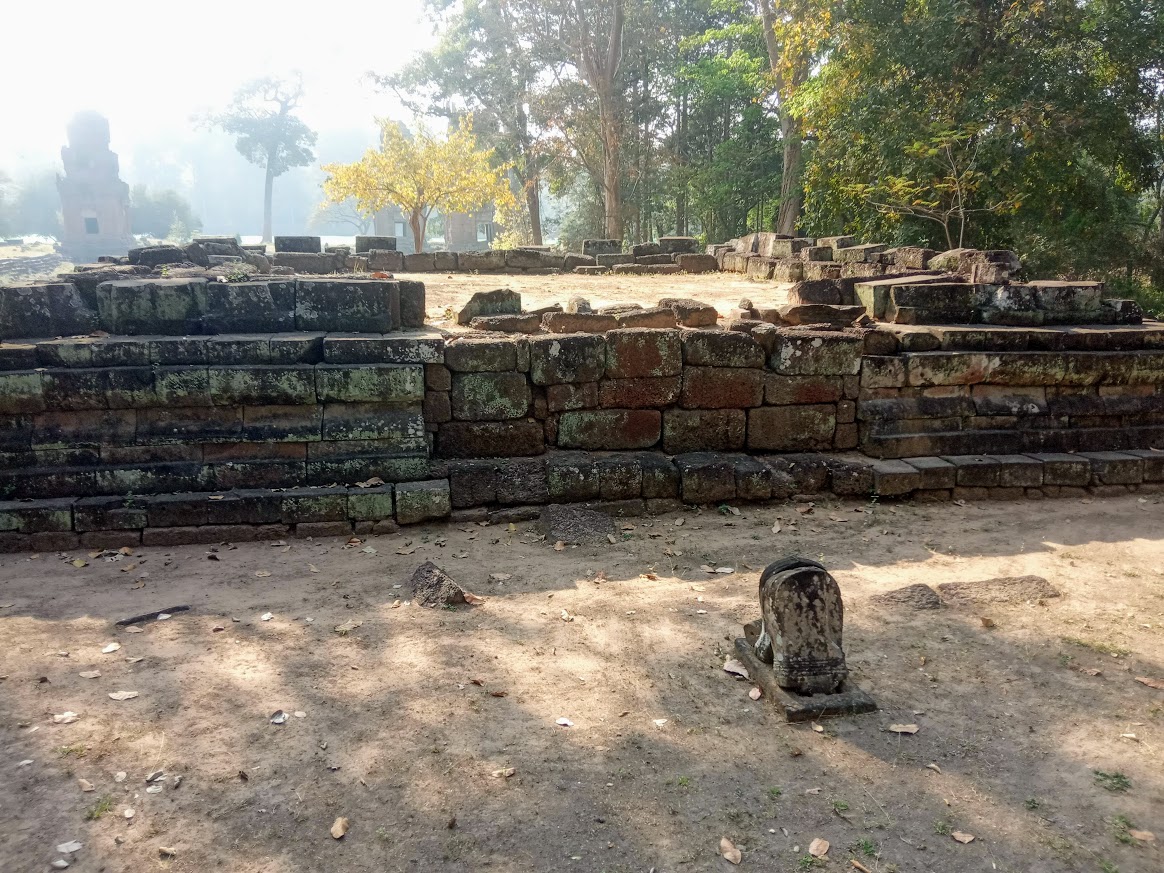
On the ground near the outer wall are various carved stone pieces depicting Champa-styled figures. There are a couple of pieces outside the back wall also.

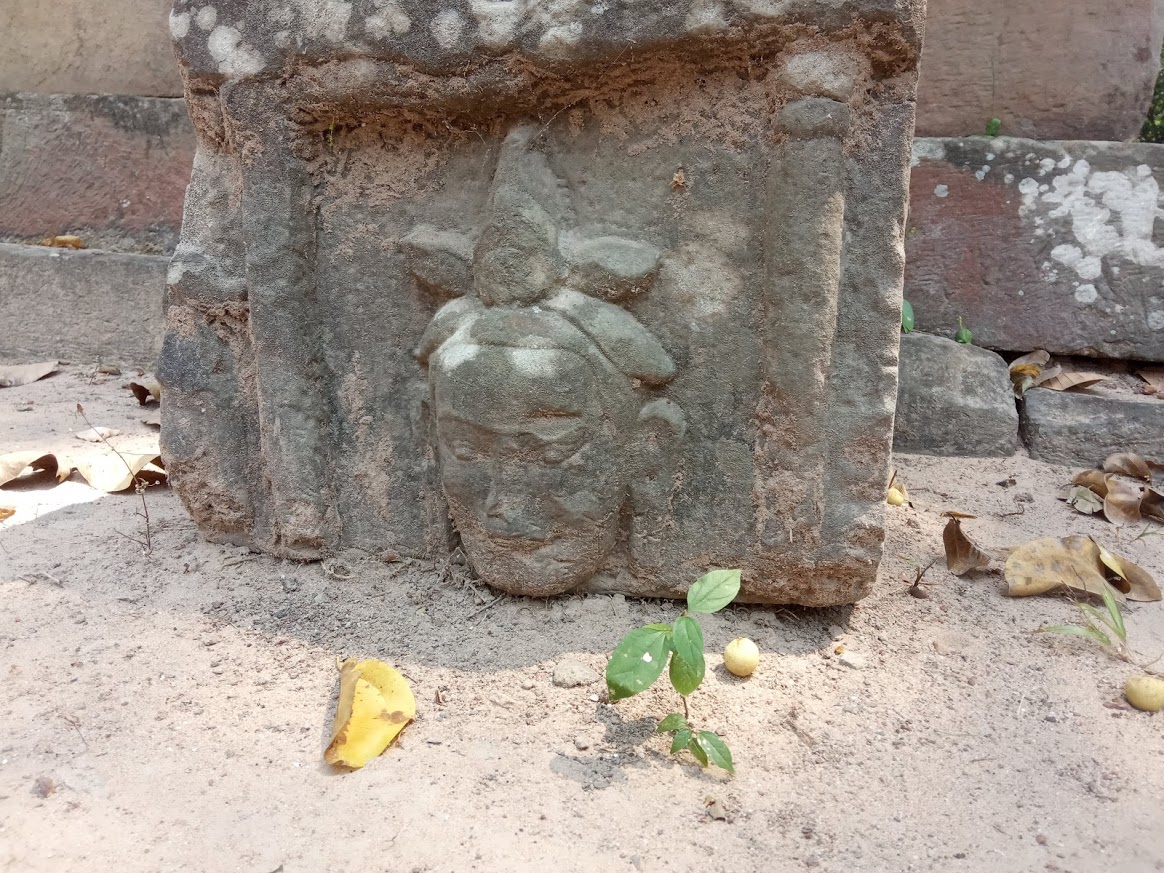
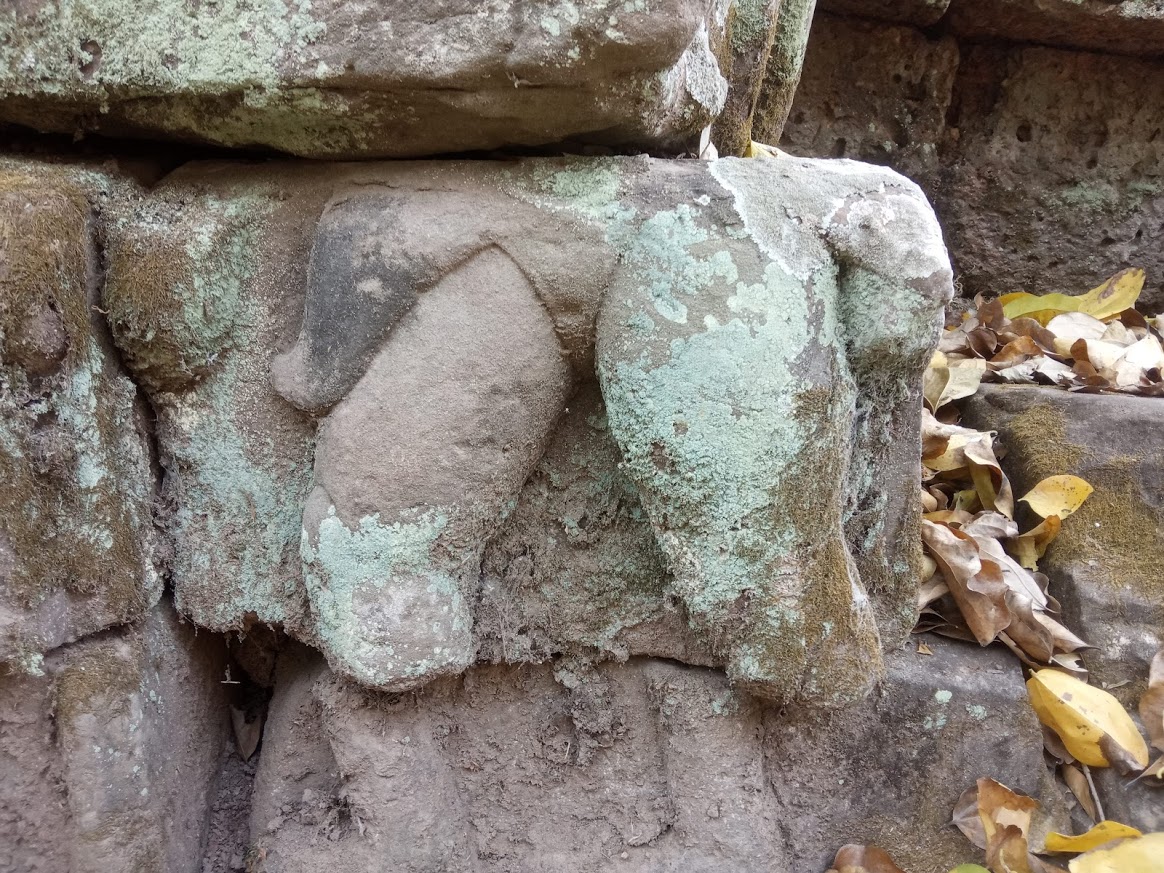
The curiosities and mysteries don’t end there, crudely carved into the stones you’ll note some interesting patterns

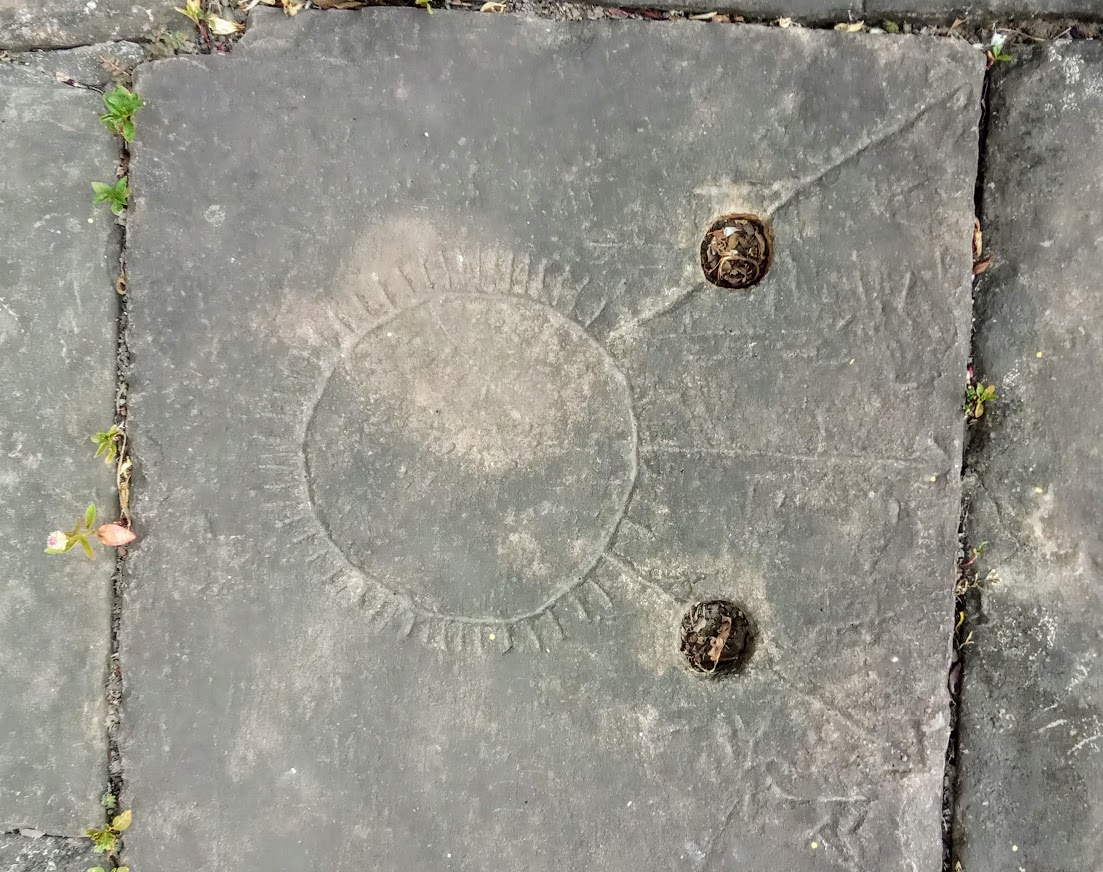
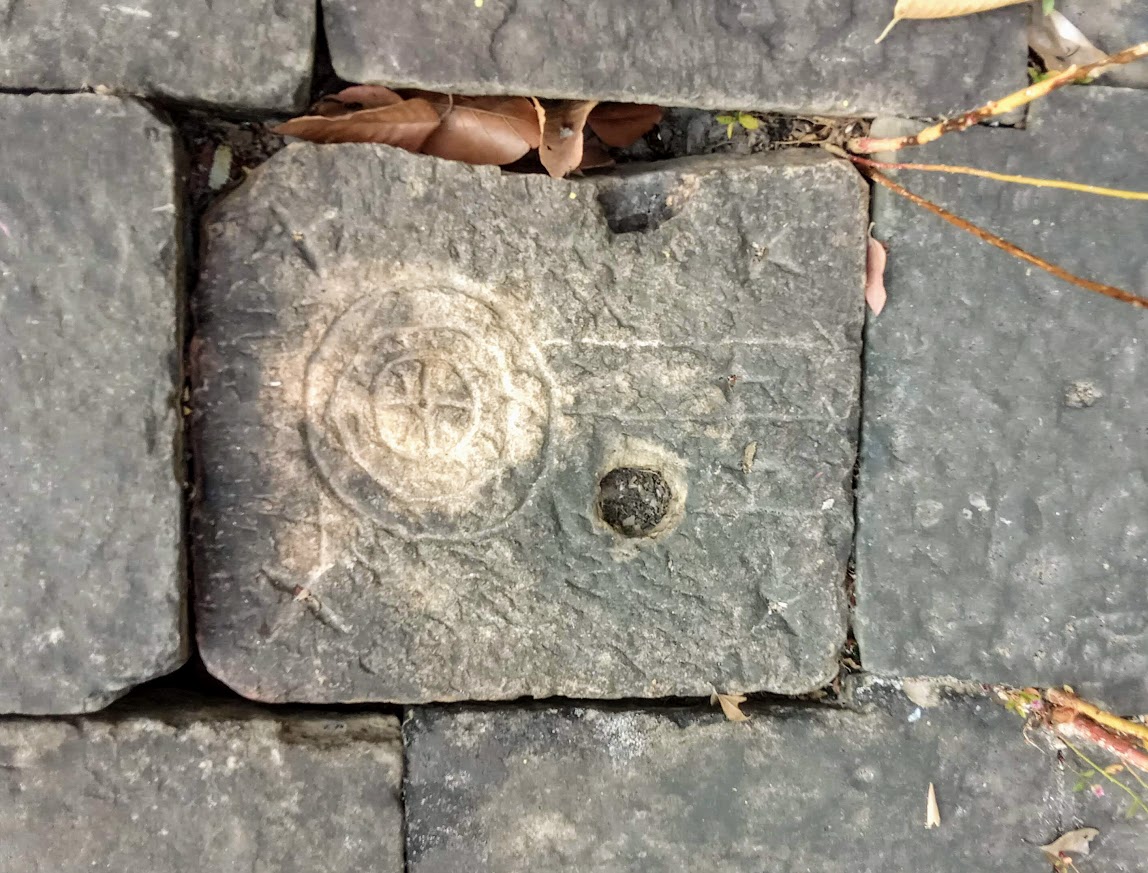
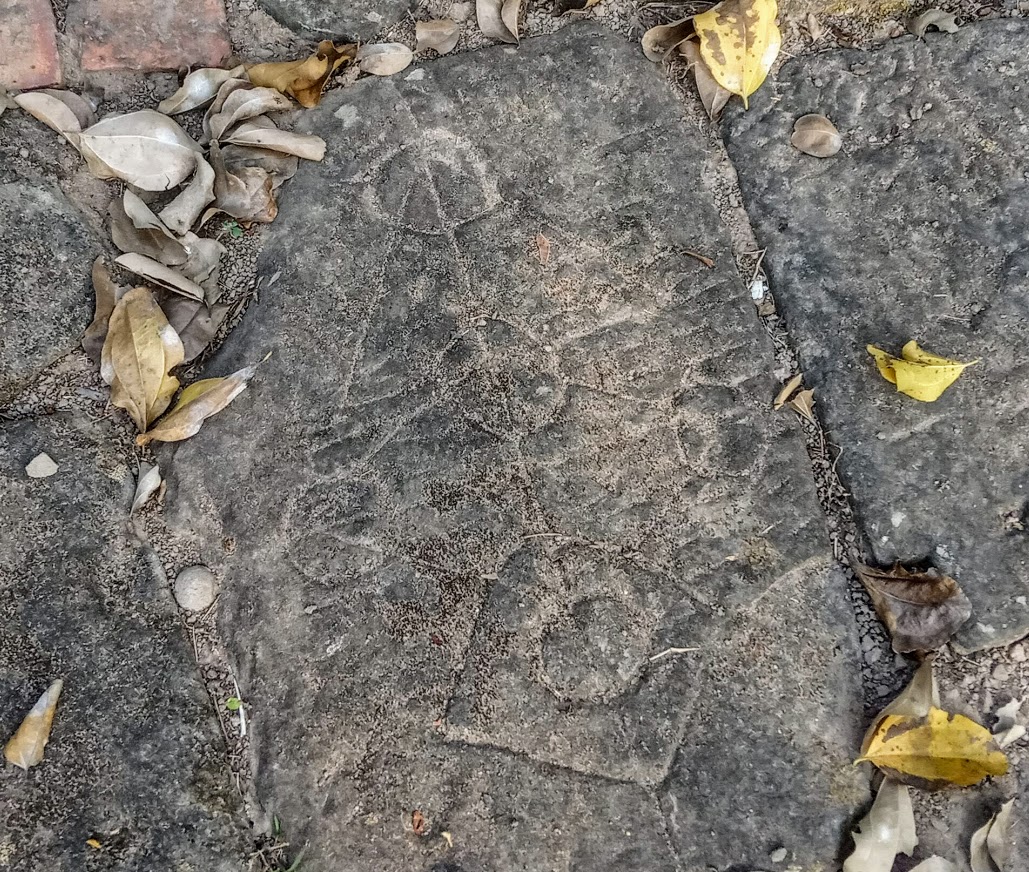
Layout

Historical Images – property of EFEO via Fonds Cambodge
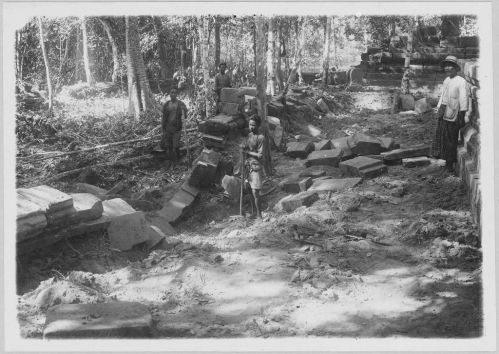

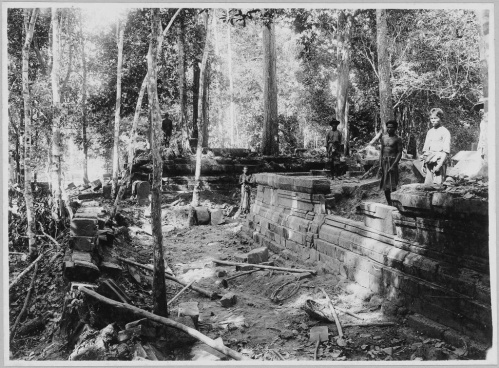



Inscriptions
A rectangular bollard/stele (DCA 3111) was also found here and features inscriptions on each side which are registered under K. 489 (IC III, p. 229), although much is illegible, some have interpreted it as recording royal titles and events around the 15th century.
Map
Site Info
- Site Name: Angkor Thom - Preah Vihear Pram Pi Lvên Khmer Name: អង្គរធំ ព្រះវិហារប្រាំពីរល្វែង
- Reference ID: HA11672 | Last Update: June 11th, 2021
- Other Names: Preah Vihear Pram Pi Lveng, ប្រាសាទព្រះវិហារប្រាំពីរល្វែង, Terrace #1, terrasse bouddhique I
- Tags/Group: Angkor, Angkor Thom, Buddhist Terrace, Map: Top 100 Temples & Ancient Sites (Siem Reap), Temples
- Location: Siem Reap Province > Krong Siem Reab > Sangkat Nokor Thum
- MoCFA ID: 388
- IK Number: 488
- Inscription Number/s: K. 489
